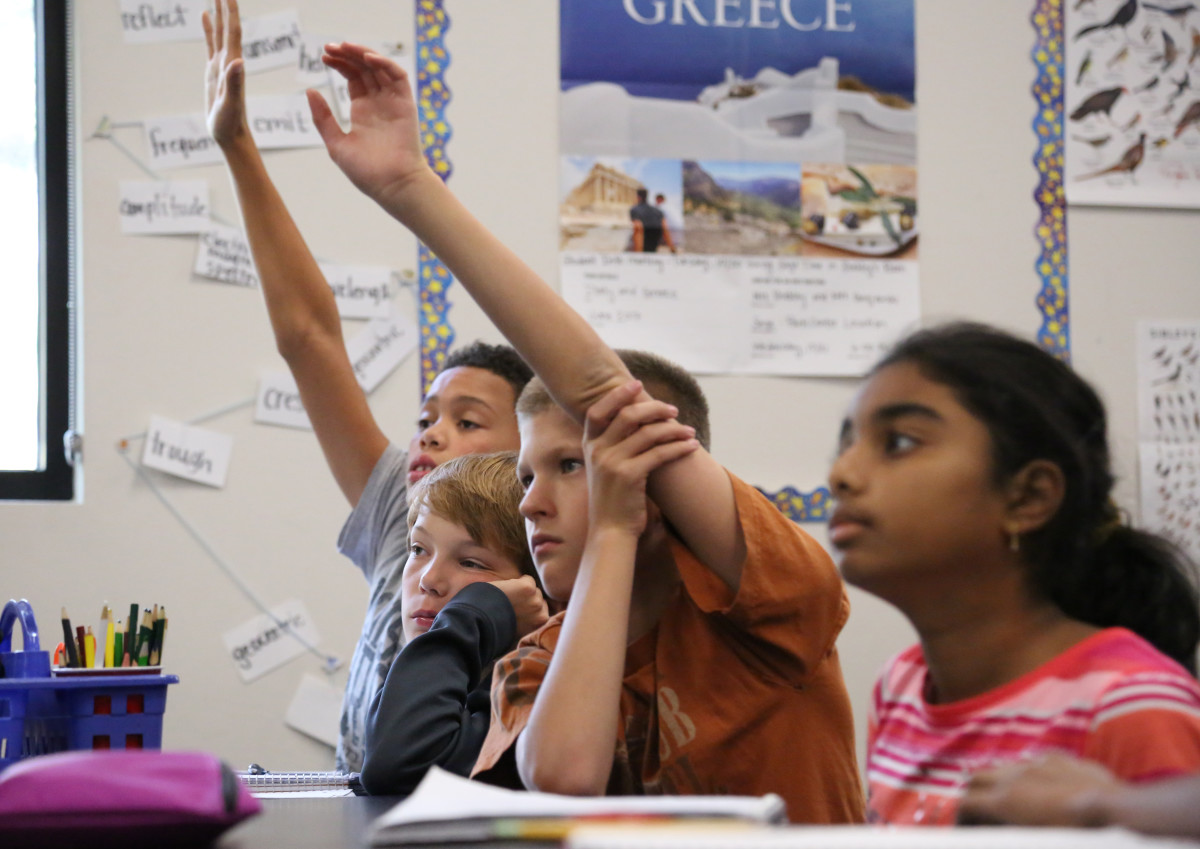Xavier Charter School has a landlocked campus, surrounded by new development in the northwest corner of Twin Falls, and limited room to grow.
The school has added two portable buildings, housing four classrooms. From there, school officials are looking at their options. They have asked an attorney to look into land acquisition. Adding onto the existing building is another option. “Expansion is something we’re investigating, but we have no definite plans yet,” said head of schools Gary Moon.
Xavier received more than $194,000 from the state in 2015-16, money earmarked to help charter schools cover building needs. With expansion on hold, at least for the time being, Xavier uses its money to meet the everyday needs of a K-12 school with nearly 700 students.
This year, the state sent a record amount of money to charter schools, under a 2013 law designed to offset building costs. However, charters are free to spend the state’s money however they wish.

The 2015-16 charter facilities payments approached $4.7 million — up from $3.4 million in 2014-15 and $2 million in 2013-14. (Click here to download a school-by-school breakdown of payments.)
The formula is complicated. The state’s line item is tied to the amount of money traditional schools receive from local, voter-approved building bond issues and plant facilities levies. The state divides its charter school payments based on enrollment; Idaho’s largest charter school, North Star Academy in Eagle, received $271,000, while Mountain Home’s Richard McKenna Charter School received less than $10,000.
The controversial 2013 facilities law was designed to address one of charter schools’ recurring concerns. Charter school administrators and advocates have long said they are hamstrung by facilities costs. Unlike traditional schools, charter schools have no mechanism to collect property taxes to pay for buildings.
But while traditional schools must spend bond and plant facilities dollars on building projects, the state’s charter school facilities money comes with no such strings.
Some charter schools have used the state’s funding to offset building costs.
Nampa’s Idaho Arts Charter School has used state dollars to offset costs on its existing building. Future state payments will help the school cover its new expansion, Executive Director Jackie Collins said.
Idaho Arts Charter received a state facilities payment of about $200,000. The school pays $800,000 a year for facilities, Collins said.
Sage International School has put its share of facilities dollars towards purchasing and remodeling its southeast Boise campus. As prospective lenders weighed Sage’s building plan, they took a hard look at the school’s financial stability. A steady stream of state funding “certainly increased (lenders’) comfort,” said Keith Donahue, Sage’s interim executive director.
As one of Idaho’s largest charter schools, Sage received $260,000 in state facilities funding in 2015-16. Donahue expects the 2016-17 payment to swell to $325,000.
Other charter schools are likely to see a boost as well. The 2016 Legislature earmarked $5.5 million for charter school facilities payments in 2016-17 — which would represent an $800,000 increase from 2015-16.
